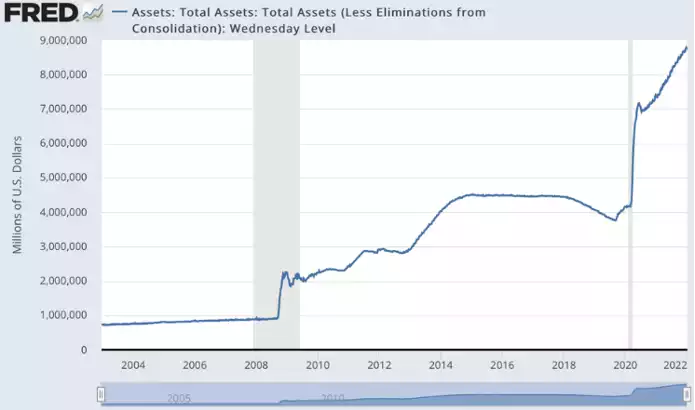Savers Need to Get Paid
News
|
Posted 13/01/2022
|
6585
US Treasuries and Government bonds the world over are offering nominal anemic yields that have investors looking further afield. 10-Year Bonds in Australia are returning 1.8%, approximately half of the 3.20% annualised inflation rate predicted by the RBA in 2022. With cash in the bank getting eaten away, the Big 4 banks offering 0.25 - 0.30% on fixed term deposits, and the hidden risk of bail-ins (without due return on said risk), more and more savers are moving funds out of the system.
Traditional markets, both equity and fixed income, have rebounded after a rocky first week of trading. While early January is generally quiet, a number of key data points have had Wall Street on an unexpected roller coaster. The EU reported 5% inflation, showing that inflation isn’t limited to the US. 10-year yields are up 25 basis points already in 2022, from 1.5% to 1.75%. Tempering otherwise positive jobs data that buoyed markets, US initial jobless claims floated north of expectations to 207,000, while continuing claims increased 36,000 to 1.75 million. All the same, markets are only a few percentage points off all time highs and looking as toppy as ever.
Garnering the most attention, the Fed’s FOMC minutes revealed that board members aren’t just entertaining tapering and rate hikes, but are also looking at balance sheet reduction (quantitative tightening). We’ve drawn to readers attention previously the correlation between Quantitative Easing and the S&P Index. With more free money, comes a greater propensity for companies to borrow to buy back their own stock. 2021 broke records for stock buybacks in many countries, $850bn in the US for one, and with reducing supply comes higher valuations even with flat earnings and reducing profit margins. We can see in the chart below that the Fed Balance Sheet well and truly “lifted off” in March of 2020 moving from US$4tn to $7tn in a matter of months. You’ll see as well that monetary support is making a beeline towards $9tn with regular purchases. While the chart shows a happy line moving to the top right, realistically the data represents debt and it would make more sense to have the line moving toward the bottom right and dropping into the dead-zone even faster than an unloved memecoin.

Talk of “tapering”, reducing the increase in the balance sheet roiled markets in 2013 and each time ever since. Tapering is still easing however, albeit at a slower rate. The release of the FOMC minutes were significant in that they explicitly mention Balance Sheet Reduction. That would require the Federal Reserve to actually sell Treasuries and Mortgage Backed Securities (MBS) into the very market that they have been the only significant buyer of since March 2020.
With inflation over 5% even on government numbers, why would banks, foreign Central Banks or private investors lock in losses by buying 10 year treasuries yielding only 1.7%. Realistically, the Fed went from the “lender of last resort” to “lender of only resort”, as government deficits have been monetised over the last two years. Without the Fed absorbing the monthly deficits, the US government would either need to default, or let yields rise to a level high enough to entice speculators to take the risk that the dollar can fight off persistent and accelerating inflation. Savers need to get paid, few pundits are recommending bonds, other than Jim Rickards. He recommends them as a hedge against deflation. Savers are looking at precious metals, stablecoins (such as our own Gold & Silver Standard tokens) and other asset classes that will provide stability and maintain purchasing power.
Realistically, the Balance Sheet is heading higher, S&P is itching to break through all time highs, and increasingly negative real rates look set to extend throughout 2022 unabated. In the midst of all of the jawboning coming out of the Fed, the Balance Sheet is up better than $8 billion since last week and $100 billion from December (and this is tapering!). With this kind of monetary expansion, tapering is going to tank markets, actually reducing the debt would be tantamount to a financial cardiac arrest. If there were to be an almighty meltdown, it would be better to be a year early than five minutes late.
Remember too that all this is now priced in by markets. All the financial news everywhere over the last few days is about 3-4 rate hikes and QT on the way. Despite this, gold has held strong. The smart money knows it will end in tears and they are adopting the ‘year too early’ approach before the chaos of the ‘5 minutes’ after…